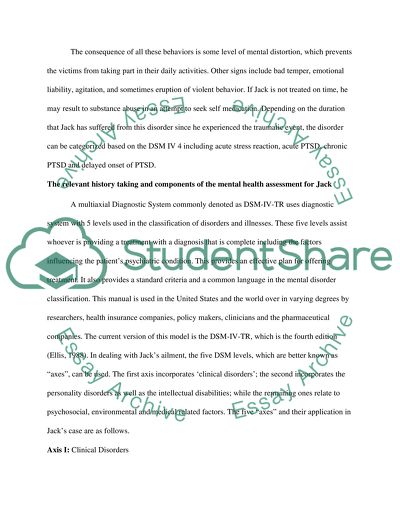Cite this document
(Jacks Mental Illness Case Study Example | Topics and Well Written Essays - 2000 words, n.d.)
Jacks Mental Illness Case Study Example | Topics and Well Written Essays - 2000 words. Retrieved from https://studentshare.org/health-sciences-medicine/1602403-case-analysis
Jacks Mental Illness Case Study Example | Topics and Well Written Essays - 2000 words. Retrieved from https://studentshare.org/health-sciences-medicine/1602403-case-analysis
(Jacks Mental Illness Case Study Example | Topics and Well Written Essays - 2000 Words)
Jacks Mental Illness Case Study Example | Topics and Well Written Essays - 2000 Words. https://studentshare.org/health-sciences-medicine/1602403-case-analysis.
Jacks Mental Illness Case Study Example | Topics and Well Written Essays - 2000 Words. https://studentshare.org/health-sciences-medicine/1602403-case-analysis.
“Jacks Mental Illness Case Study Example | Topics and Well Written Essays - 2000 Words”. https://studentshare.org/health-sciences-medicine/1602403-case-analysis.


